BY STEPHEN DiLAURO On a recent evening in Chelsea, I happened upon a pop-up exhibit in the same building where I had gone to visit an artist friend. At the exhibition, I met the photographer Sean Swann. His photos on display documented his trip to Chernobyl in Ukraine about five months before the Russian invasion.
Swann was very gracious and happy to explain the photos to me. They comprise an eerie reminder of the planet’s worst nuclear disaster ever. In total he has a catalog of some 600 images taken in the Chernobyl Exclusion Zone. During his tour of the area, he was exposed to the equivalent of a full-body X-ray every hour.
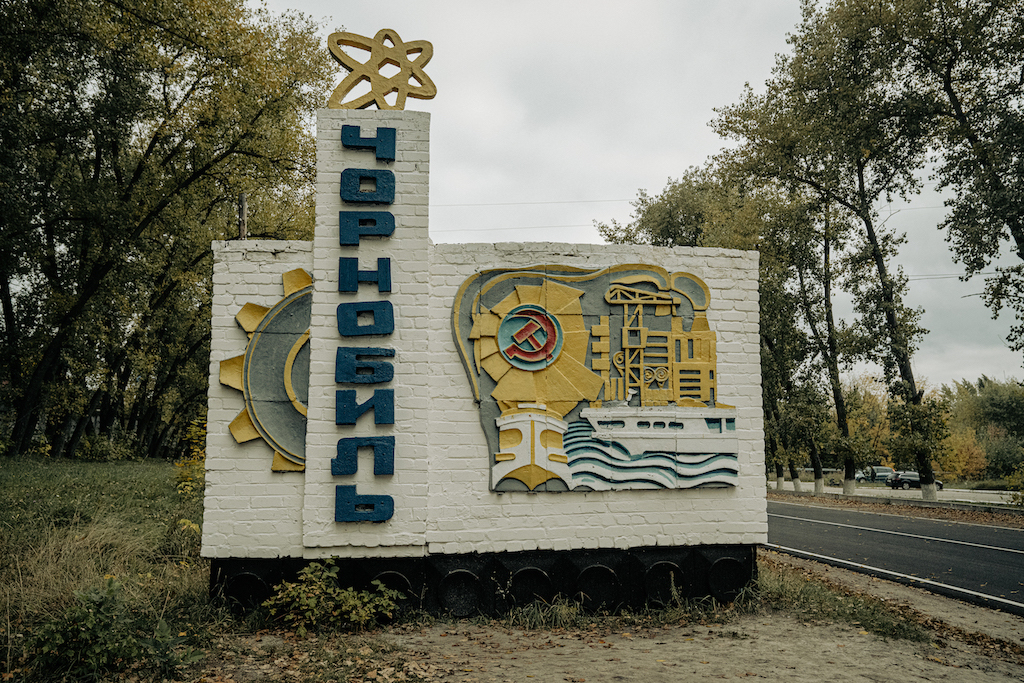
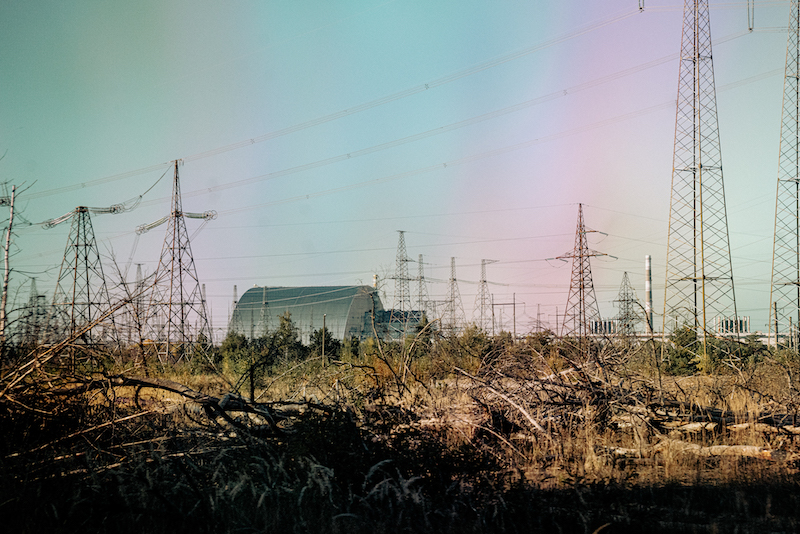
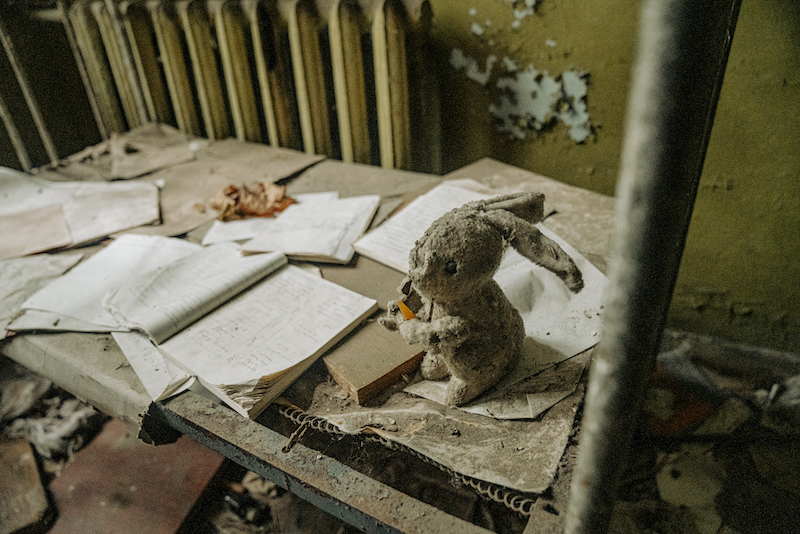
After the meltdown of Chernobyl reactor Number Four, the other three reactors continued to operate until the 2022 invasion. One of the first acts of the Russian aggressors was to shut down those three nuclear reactors.
Swann was born and raised in Westchester County, not far from the Indian Point nuclear plant. I remember demonstrating there after the Three Mile Island disaster in Pennsylvania. At that time, I was opposed to all nuclear power. Swann had yet to be born at the time of Three Mile Island and was two years old when Chernobyl melted down.
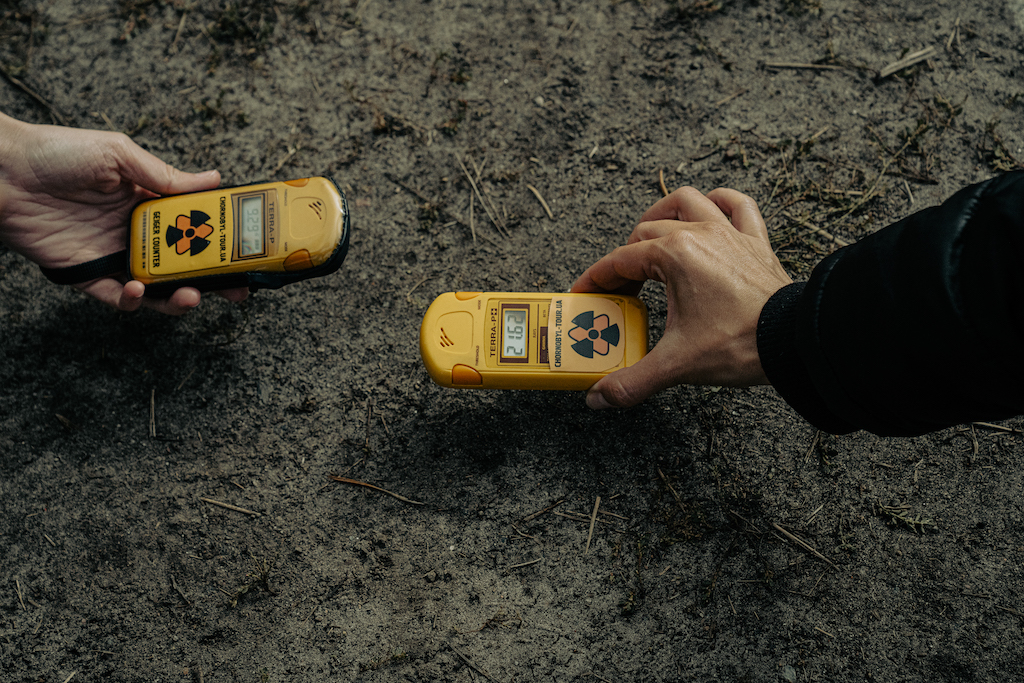
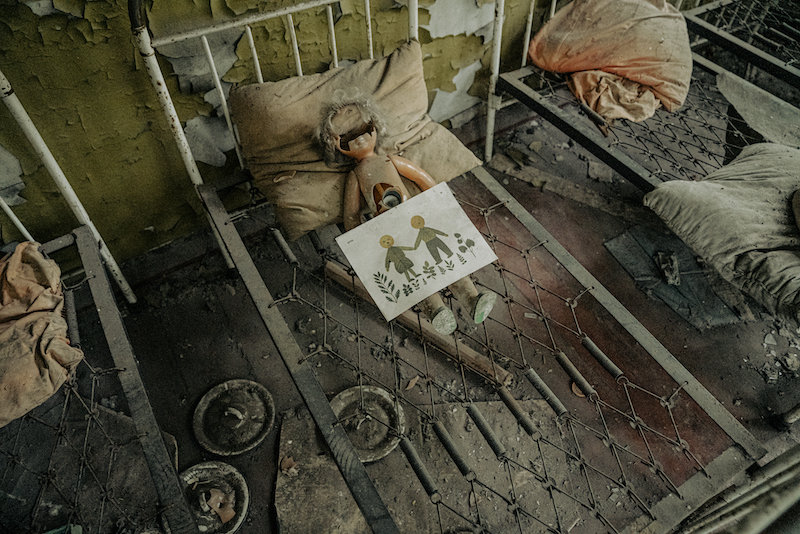
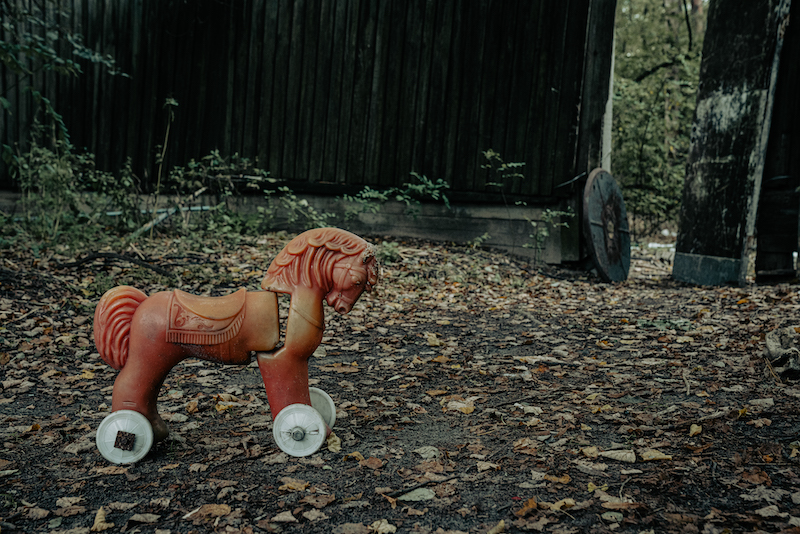
After the Chernobyl disaster, the KGB did an investigation and found that a design flaw led to the meltdown. (The Three Mile Island disaster was the result of an undetected slow leak of the water cooling the reactor rods.) According to Swann, the KGB promptly classified that information regarding the design flaw. Where possible, the flaw was corrected. Currently, there are about 30 nuclear plants of the same design operating throughout Russia and other parts of the former Soviet Union.
As human beings face a climate disaster, more nuclear power is usually sidelined in any discussion of solutions, due to irrational fears of the old technology. Now, however, designs exist for “micro” nuclear generators. These plants have the potential to establish a decentralized electricity-generating system. Combined with advances in nuclear fusion, the results could be, and probably are, the best way forward to a climate solution.
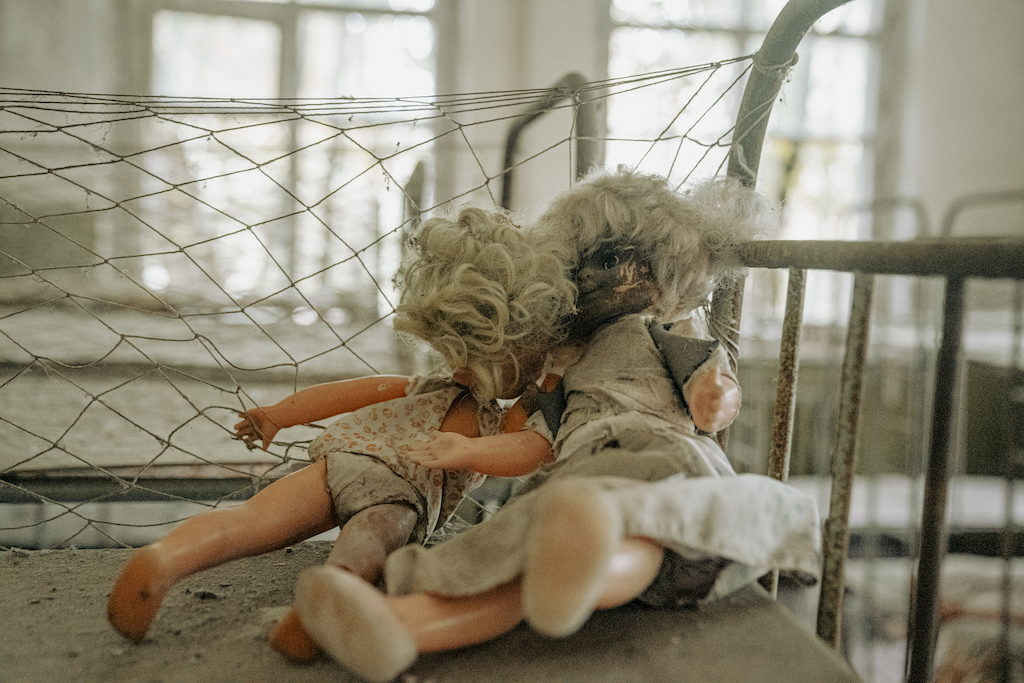
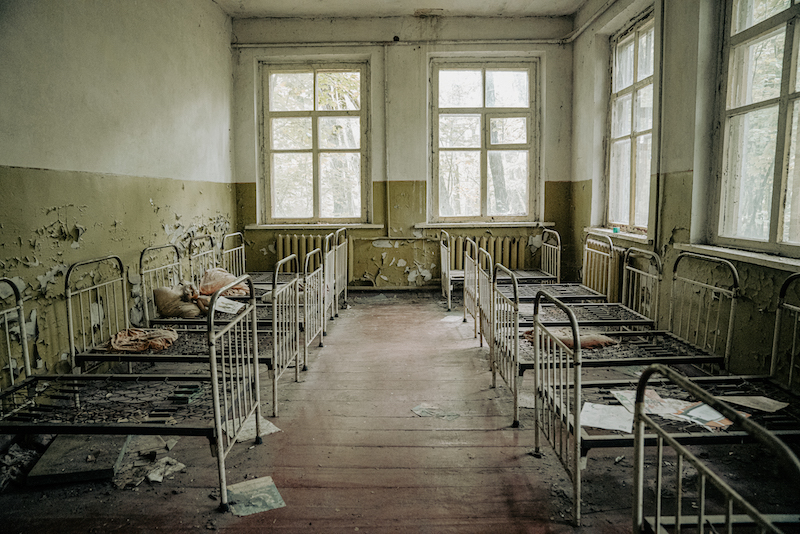
These new plants will have accidents. Everything humans do is susceptible to error. The difference is that with these micro nukes, accidents will not be global radiation disasters. Any radiation accident is nasty. How nasty depends on the size of the plant. Likewise, implementation of fusion technology can obviate the problem of radioactive waste and its disposal.
Implementing this new technology would require educating the public to get past the fear, and getting greedy energy suppliers to agree to decentralized power production. Likewise, it would require the cooperation of both our bought-and-paid-for political parties. How likely is that to happen? Given the current rate of change… .
The radiation in the Chernobyl Exclusion Zone will naturally reduce to levels safe for human beings in approximately 20,000 years. Is it too soon to consider the Zone a real estate buying opportunity?
DiLauro, a playwright, is a roving culture correspondent for The Village Sun. His play “Dinner with the Devil” is on track for a commercial production.

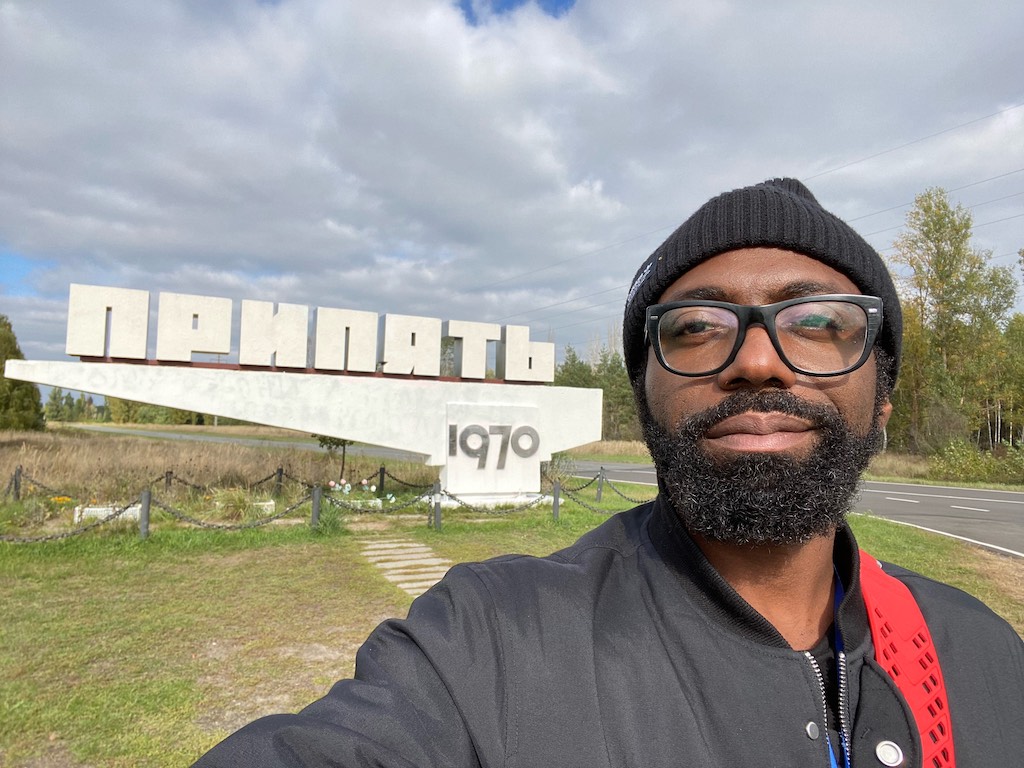
Be First to Comment